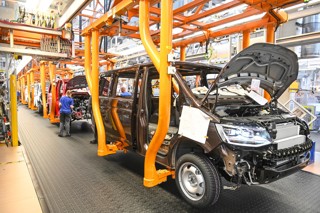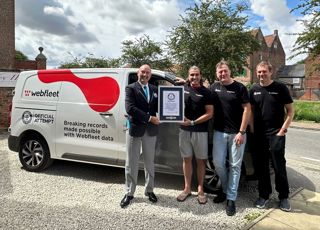Fiat Chrysler Automobiles (FCA) has restarted production at is Sevel plant in Atessa, Italy.
The factory is part of a joint venture with PSA Groupe and produces the Fiat Ducato, Citroen Relay and Peugeot Boxer.
A variety of health and safety measures have been implemented as the plant re-opens a week before Rome’s official lockdown is due to end.
Around 6,000 employees are expected to return to work this week.
Pietro Gorlier, COO for FCA's EMEA region, said: “At the Sevel plant in Atessa today, we have demonstrated that protecting our workers is our main priority. Today's reopening of the Sevel plant, together with R&D activities and pre-series production of electric and hybrid models in Turin and Melfi, is the result of rigorous analysis and preparation carried out in collaboration with leading virologists and other experts and agreed with all trade unions.
“We have been working daily with the Italian government and local authorities to prepare for a return to production in Italy, while ensuring there is no compromise to the safety of anyone working at any of our production facilities or offices."
Before employees returned to work, the Company repeated cleaning and sanitization activities carried out at the plant when production was suspended on March 17. Those activities covered 18 rest areas, 52 toilets, 29 changing rooms with more than 7,400 lockers, two medical rooms and four cafeterias.
Production and office areas have also been reconfigured based on specific health and safety requirements to enable the redistribution of workers and to increase distancing between those working in close proximity on the assembly line.
In production areas, movement of personnel between areas has been limited to the minimum level possible and based on specific needs. Similar measures have been implemented in common areas, while the plant’s 85 offices have been fitted with protective barriers between employees or workstations have been relocated. Work breaks have been organized by area and phased throughout the course of each shift.
In the coming days, training on safety standards will be made available via e-learning, standard internal communications channels and by sector managers with the support of specialized medical personnel.





















Login to comment
Comments
No comments have been made yet.